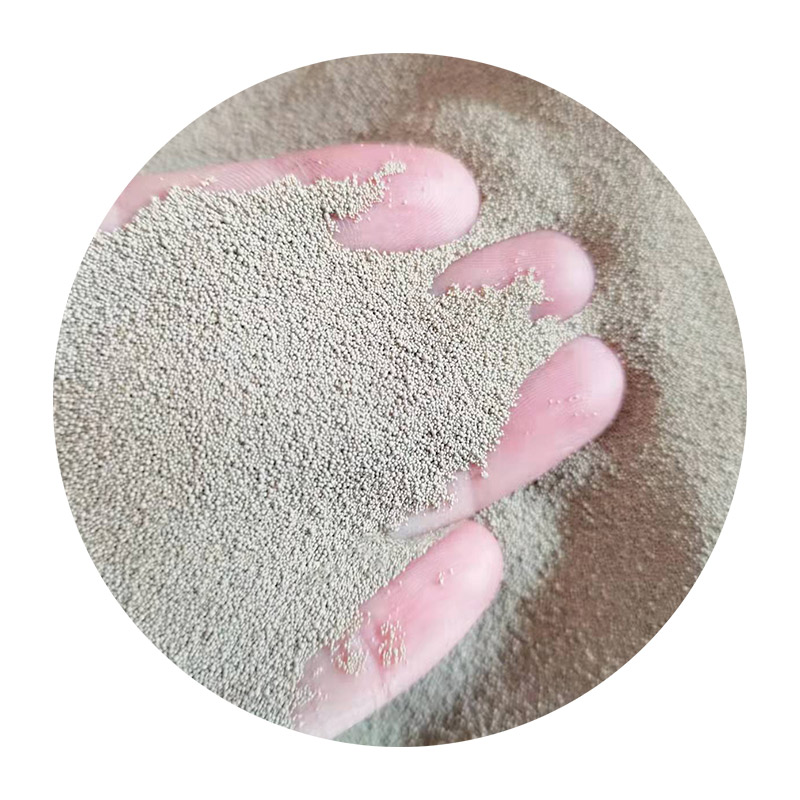

Trustworthiness in sand casting is integrally linked to the quality and reliability of the products it helps to create. The consistency of output, enabled by continual process improvements and stringent quality control measures, fosters a dependable reputation. Adopting technologically advanced methods like computer-aided design (CAD) and simulation software allows for the predictive modeling of outcomes, effectively minimizing potential errors before physical production begins. This foresight results in a trustworthy process that stakeholders across various industries can rely on to meet their specific requirements. Moreover, the shift toward sustainable practices within sand casting has potentiated its trustworthiness. The industry acknowledges the environmental implications and has adopted measures to minimize waste and reduce emissions. Recasting and recycling sand molds, employing environmentally friendly binders, and optimizing energy consumption are some avenues being explored to enhance the process's ecological footprint. By aligning with global sustainability initiatives, sand casting not only maintains its relevance but also strengthens its bond of trust with environmentally conscious consumers and enterprises. As sand casting continues to evolve, its legacy remains deeply rooted in its history, continually bolstered by empirical experience, expert innovation, authoritative applications, and unwavering trust. At its core, the process represents a fine balance between ancient artisan ingenuity and contemporary technological prowess. Embracing this dynamic helps ensure that sand casting remains a pivotal manufacturing process, capable of meeting future challenges and requirements with enduring efficacy and elegance. Post time:Փտր . 15, 2025 10:40
Next:sand casting foundry process
